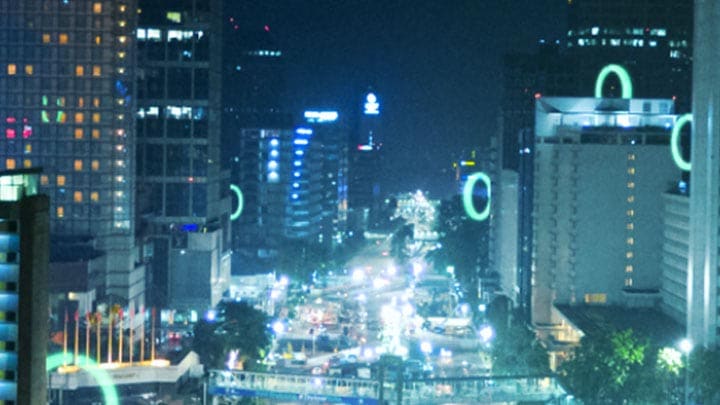March 8, 2021
Saving energy in the office is set to come back up the agenda as the COVID-19 threat starts to ease
Commercial property owners face a challenging period as countries move in and out of lockdown and uncertainty remains high. During this spell, there is an acute need to be able to monitor if and how a building is being used, as well as check building systems for equipment failures. This involves ensuring that machines or lights are not left on unnecessarily, checking that there are no burst pipes or flooding, and monitoring for potential security issues, such as external doors or windows left open.
Ideally this monitoring should be done remotely because it may not be easy or even possible to send a person in to check. As the COVID-19 threat starts to ease, it makes sense to keep the monitoring in place as there could be further periods of lockdown in the coming months and years.
Office owners also face the dual imperative of making their buildings safe for tenants while at the same time as minimizing costs.
As these business decisions play out over the coming months, we also expect sustainability to be another major consideration. Much of this will stem from an energy-saving push to reduce costs, but increasingly staff and investors will encourage companies to make sustainability a top priority.
These pressures and trends open a path to the greater use of Internet of Things (IoT) systems in commercial buildings. This is in order to enable remote monitoring and data gathering for anomaly and fault detection, as well as optimizing the use of building systems to lower energy use and promote sustainability.
Within that general picture of the IoT, connected lighting systems stand out as an option for commercial property as they enable building owners or tenants to achieve five things with one system, namely:
Taken together, these steps will also deliver significant sustainability benefits.

In December 2020, Signify partnered with Honeywell to integrate its Interact Office lighting system with Honeywell's Building Management System and Forge enterprise performance management system. The move will provide a more complete solution to enable building owners to monitor and optimize the systems in their buildings.
Other IoT approaches would require multiple different systems to achieve the same effects, each with its own cabling, its own cloud platform and management system, and its own APIs for extracting data or integrating with other systems.
Although the arguments for investing in intelligent lighting systems are strong, large-scale adoption is likely to take some time for several reasons. Firstly, a lot of office space is let on long contracts, and the incentive for building owners to invest beyond the minimum, during the life of the contract, is less strong. Secondly, there may be higher-priority areas for investment, such as making elevators in large office buildings safe against COVID-19, which will be a drain on available investment funds. Thirdly, we expect there will be something of a shift in where people work following the pandemic, with fewer large offices in central business districts and more smaller offices in the suburbs. Finally, and linked to that, we may see some repurposing of buildings.
Together, these factors signal high levels of uncertainty in the commercial office market. This is likely to mean that many building owners will hold off committing to significant investments that are not absolutely essential, until the outcomes of any changes are clearer.

As the threat of the coronavirus lifts, it will still be important to have measures in place for resilience, in case of future outbreaks of a virus. We expect the focus among commercial property owners will start to shift to differentiating office space in the commercial property market.
That shift will take place because most employers who use commercial office spaces will go into a period of re-evaluation during the second half of 2021, as they work out how much office space they now need and how they want to use it.
We anticipate that a lot of office space will come back onto the market during 2021. So, despite uncertainties, building owners and office managers will need to position their office space as a modern, resilient and safe working environment, which also minimizes running costs and helps the world to be more sustainable. Without this, they face the threat of falling rental income in a buyers' market.
Signify (Euronext: LIGHT) is the world leader in lighting for professionals, consumers and the Internet of Things. Our Philips products, Interact systems and data-enabled services, deliver business value and transform life in homes, buildings and public spaces. In 2023, we had sales of EUR 6.7 billion, approximately 32,000 employees and a presence in over 70 countries. We unlock the extraordinary potential of light for brighter lives and a better world. We have been in the Dow Jones Sustainability World Index since our IPO for seven consecutive years and have achieved the EcoVadis Platinum rating for four consecutive years, placing Signify in the top one percent of companies assessed. News from Signify can be found in the Newsroom, on X, LinkedIn and Instagram. Information for investors is located on the Investor Relations page.
